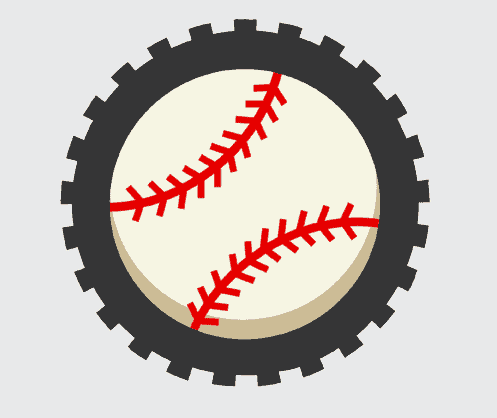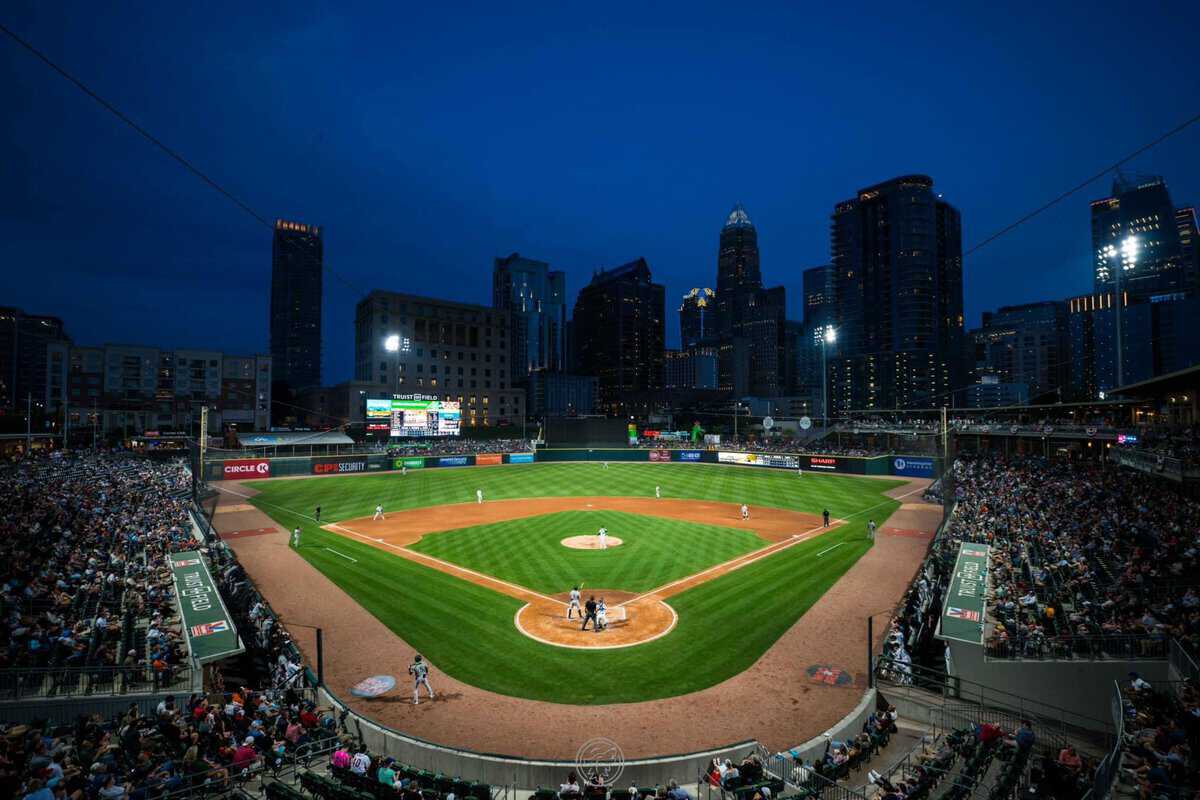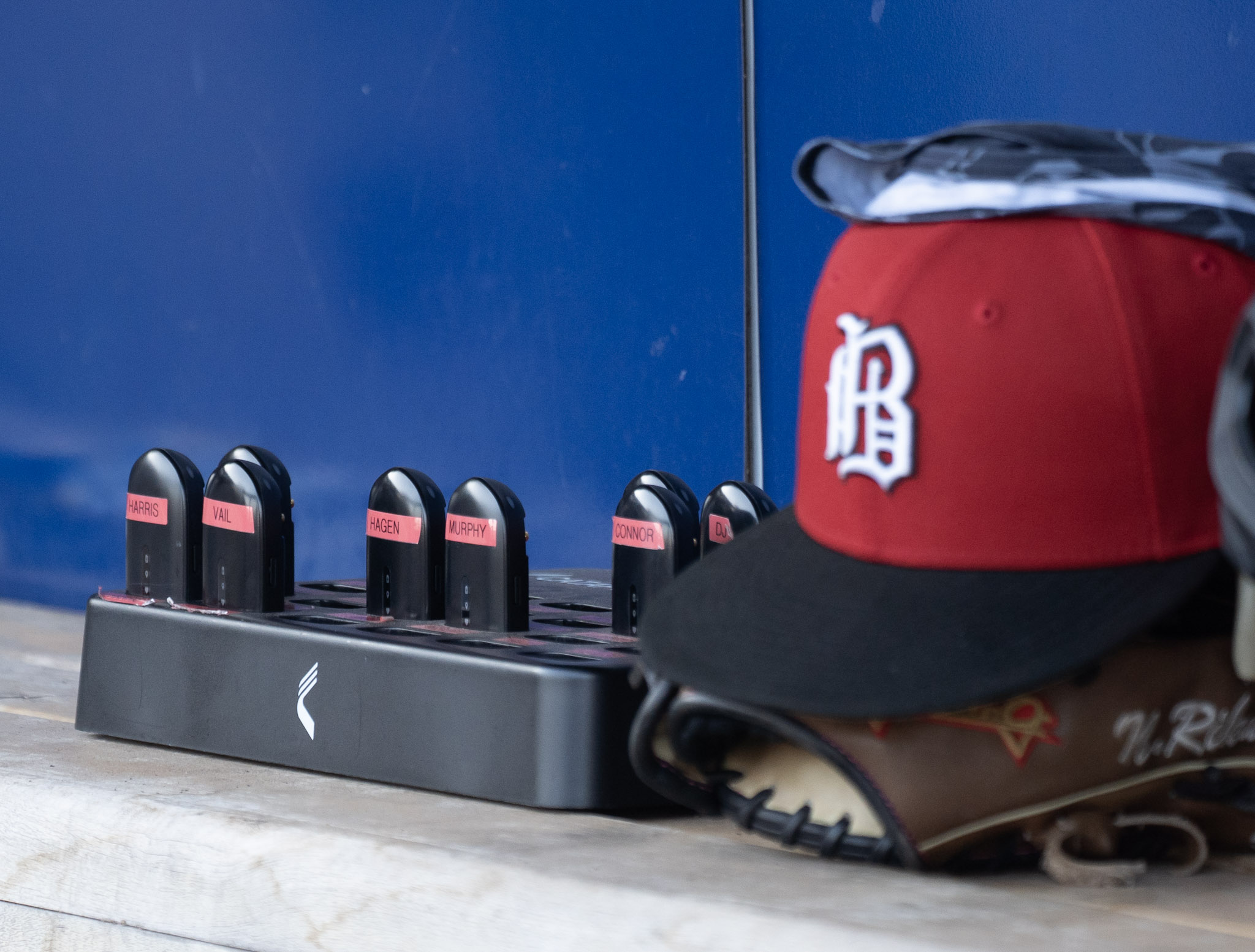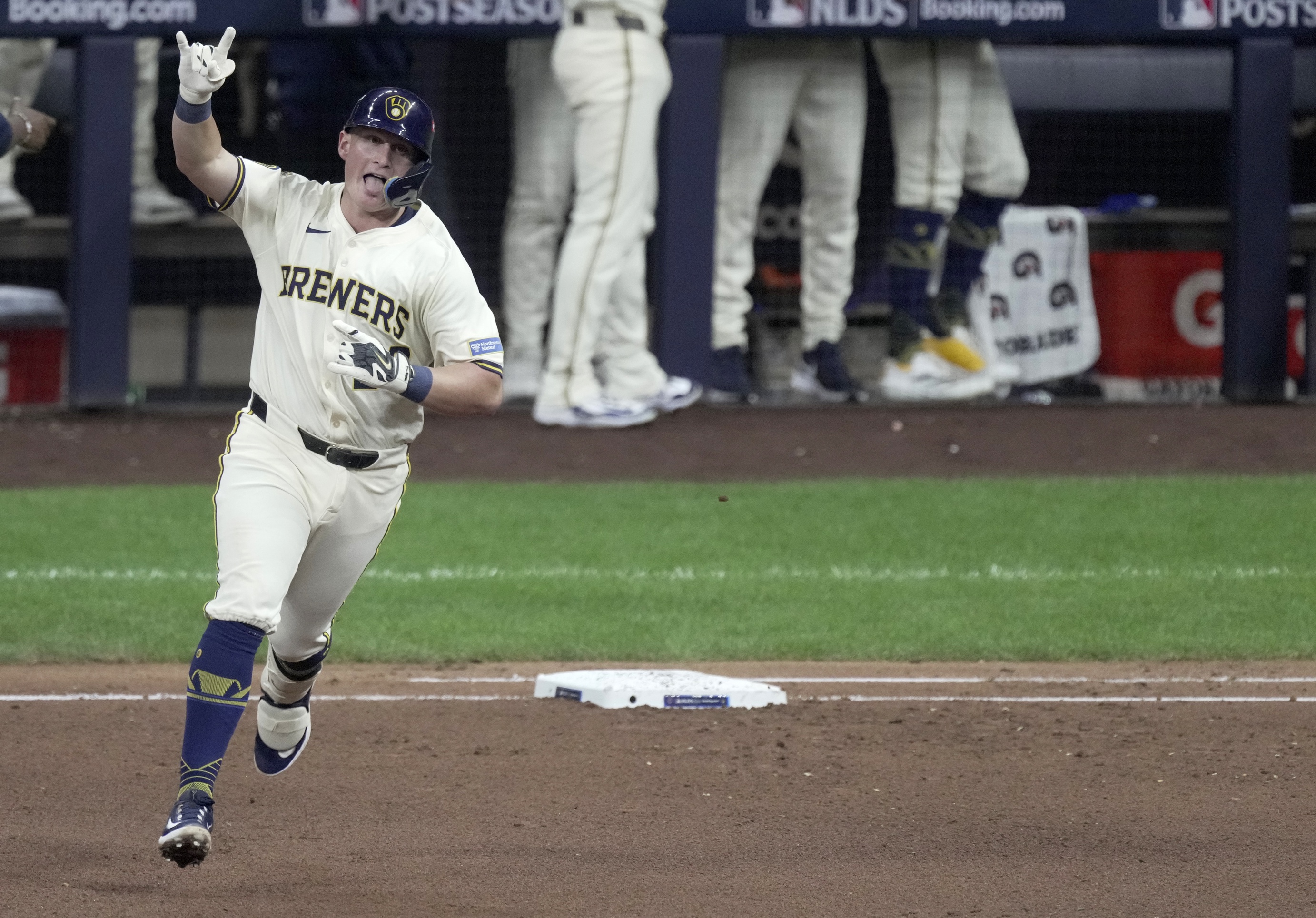For nearly all of last season, I fell into the "anti-tank" camp of the White Sox world because racking up losses just meant (with infrequent exceptions) that players that are potentially important for the future weren't playing well. Most players on the roster were either being counted on to play an important role in the White Sox' future, could potentially be traded for a non-trivial return, or were unheralded young players that could stake their claim to a long-term role with a breakout performance. There were a few players on short-term deals with zero or negligible trade value, but you could call the performance of everyone else on the roster "important" to varying degrees. It's why I took no joy in the 2-17 stretch in the dog days of July, because there wasn't a single breakout or surprise player to latch onto.
Then, the calendar flipped to August and Nicky Delmonico happened.
In early 2017's Cody Asche (remember him?) era, I was beating the drum for a Delmonico promotion not only because Asche was so bad, but because Delmonico had been posting impressive contact and plate discipline stats at Triple-A Charlotte. His early-season success waned as the summer dragged on, but once he got promoted to the major leagues, you'd never know he slumped. Delmonico reached base in 21 of his first 22 games and posted excellent plate control stats (18.7 percent strikeout rate, 13.9 percent walk rate) in the majors. He was worth about a full win in just 166 plate appearances, so extrapolate that to about a full-season's workload and Delmonico's a 4-WAR player!
OK, let's not get carried away.
Delmonico's offense was very good last season, but there's certainly some concerns for regression. As I looked into this past fall, Statcast identified Delmonico's contact profile as weak compared to his results. He hit a lot of soft ground balls and had some cheap homers (plus an inside-the-parker, which is obviously fluky). Still, even after stripping out the non-repeatable stuff, Delmonico's plate approach was still good enough for a .325 Expected Weighted On-Base-Average (xwOBA). This decade, the league-wide wOBA for left fielders has fluctuated between .317 and .327, so assuming the league doesn't "figure him out", the bat plays even without the luck.
With no established DH on the roster as of yet, Delmonico has a clear avenue to at-bats regardless of how the White Sox decide to sort out their outfield. The knock on Delmonico has long been that he doesn't have a defensive position, so there's some justification for pushing him to DH to make room for players with more of a reputation for glove work. However, doing that would hard-cap Delmonico's upside and potential utility to the competitive rosters of the future. A .325 wOBA from DH (assuming Delmonico can repeat his performance) would be thoroughly unremarkable. The White Sox would be better-served to give Delmonico some run in the outfield to see whether something clicks -- especially because he's never proven he can't do it.
Delmonico was moved around the infield in his six-year minor league career, but only logged a total of 33 games in the outfield. He understandably looked very rough out there at times (especially on this play), but there's plenty of hope that he could play left field well enough given time to iron out the kinks. Despite small-sample caveats, the three major defensive metrics (Ultimate Zone Rating, Defensive Runs Saved, Fielding Runs Above Average) all put him within a rounding error of being an average left fielder, with UZR and FRAA particularly liking his range while dinging him for mishaps. Meanwhile, Statcast's Catch Probability suggested he did about what could be expected of him:
- 5-star plays (0% - 25% probability): 1-for-7, 14.3%
- 4-star plays (26% - 50% probability): N/A
- 3-star plays (51% - 75% probability): 4-for-7, 57.1%
- 2-star plays (76% - 90% probability): 7-for-9, 77.8%
- 1-star plays (91% - 100% probability): 6-for-6, 100%
Overall, he made one fewer play than the average player over his chances. For comparison, Melky Cabrera didn't convert a single 4- or 5-star play in 58 chances and was just 4-12 (33%) on 3-star plays last year, so Delmonico at least looks like an upgrade over what we're used to. He seems to have the athleticism for left field, so if he can learn route-running skills (no easy task for a career infielder), there's a chance that he could become an average-to-plus defensive left fielder. That will take time and reps, so it might behoove him to have a buddy swat fly balls at him over the winter, if he's not doing it already.
If a .325 wOBA is around Delmonico's true offensive talent, it's easy to see what a big difference defense makes in his future role. If he's a bad defensive left fielder, that probably pushes him to a spot-starter / DH role and makes him a below-average player. If he's average in left, that's a start-able, roughly league-average corner guy. If he's good with the glove, suddenly he becomes a player that you're happy to run out there as a starter on a contending team. As unlikely as that might sound, the White Sox would be wise to use this rebuilding year to find out rather than toss the possibility aside.
What makes that decision even easier is the lack of compelling alternatives. Presumably, Delmonico only gets squeezed out of left field if Avisail Garcia doesn't get traded (which is likely) and Adam Engel or Charlie Tilson shove a healthy Leury Garcia over to a corner. Engel didn't show anywhere near enough promise at the plate to justify marginalizing Delmonico's role and Tilson hasn't shown anywhere near enough health to prioritize his needs. The White Sox got a fortunate boon when Delmonico burst onto the scene from well off of the top prospect radar to produce at the major league level. It's now up to the organization to make the most of him.






